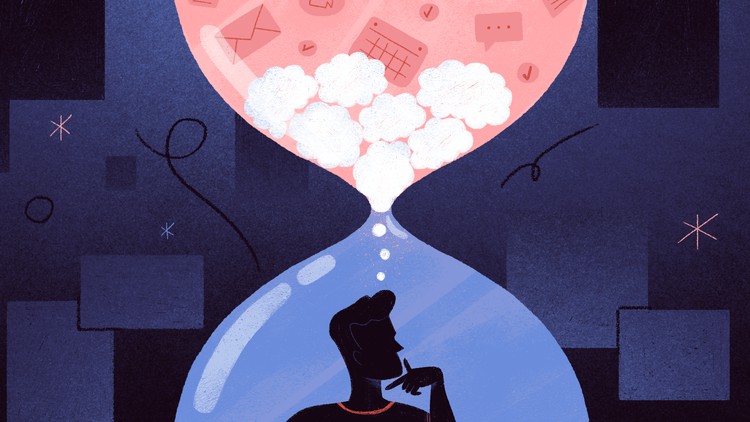
Learn about Psychology of Cognitive Biases, Persuasion and Influence
What you will learn
Psychology of Persuasion & Influence
How to use Cognitive Biases in real life to influence people
Understanding Deception & Manipulation
why persuasion is important when coming to communication
Psychology of Thinking Errors and how to use it to persuade people
How to become influential and persuasive
Description
What Is Persuasion?
Persuasion can be a powerful force that affects the decisions and actions that people take. It is a process in which one person or entity tries to influence another person or group of people to change their beliefs or behaviours. It is distinct from coercion, in that the people receiving the message have a choice about whether to act on it.
Persuasive messages are symbolic (using words, images, and sounds) and may be transmitted verbally or nonverbally, via media or face-to-face communication. Persuasion may be overt or subtle. Understanding how it works can help you become more aware of how you are influenced by persuasive messages.
How can you change someone’s mind? And how are you swayed by others? Persuasion refers to the influence people have on one another—changing someone’s beliefs, decisions, or actions through reasoning or request.
Choosing the right principle for persuasion depends on the context. In a corporate context, a brand hoping to boost sales may leverage the authority principle by securing an expert’s endorsement. In a social context, an individual may deepen a relationship by inviting an acquaintance to a birthday party; due to the reciprocity principle, the acquaintance may then return the favour another time.
This course is created by Vyas Psychology Training Centre
Content